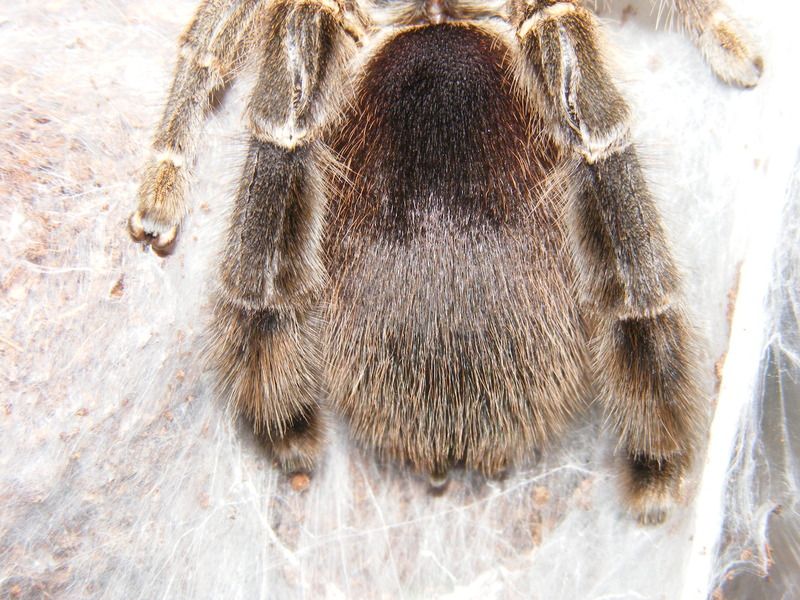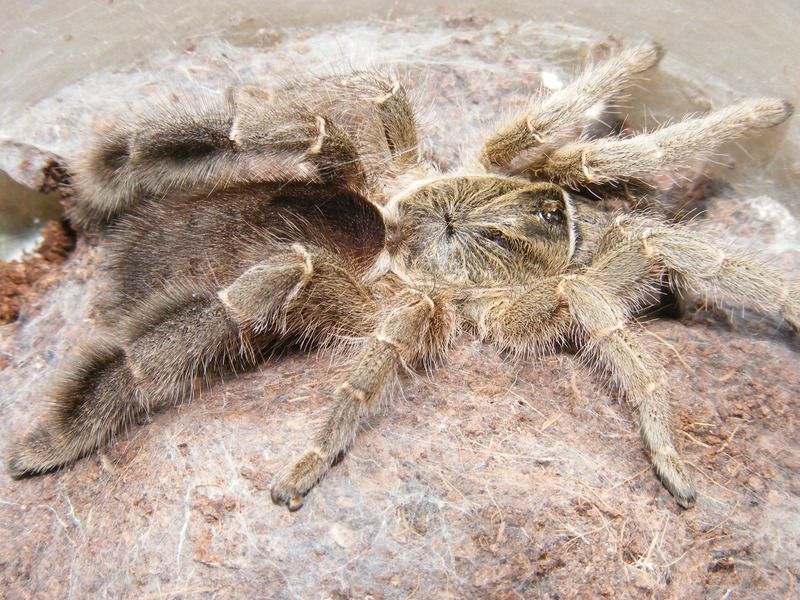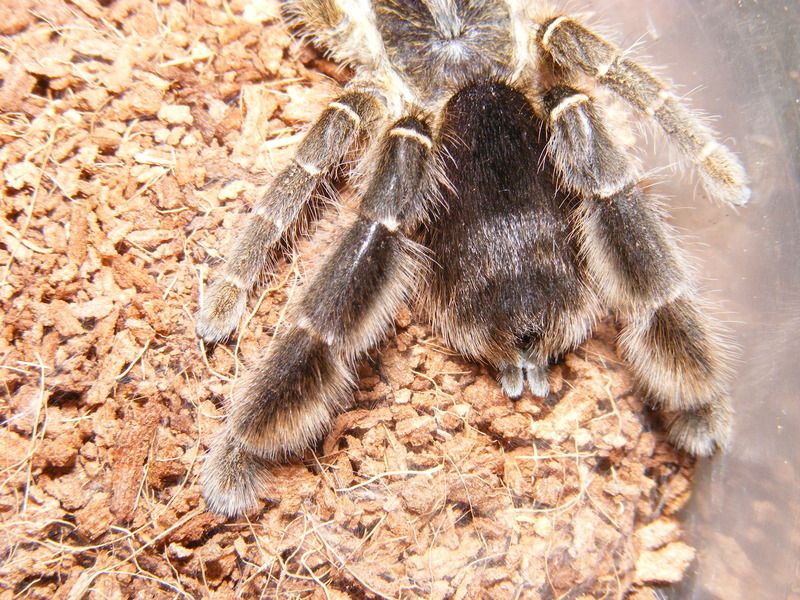raggamuffin415
Arachnosquire
- Joined
- Nov 12, 2014
- Messages
- 93
Tried to post this in Tarantula ID section but file was too large... not sure where else to put this.
Bought this girl at SF Herp Expo today. Was labeled a Featherleg Baboon (no scientific name provided) but looks nothing like S. Calceatum to me.
Think it's a E. Pachypus or some form of Eucratoscelus. They also had one without the stout back legs, leading me to believe it was a male. Kicking myself for not having bought it now as I read they're rare. They were only $16 each!
Any info on this girl? Thanks!


Bought this girl at SF Herp Expo today. Was labeled a Featherleg Baboon (no scientific name provided) but looks nothing like S. Calceatum to me.
Think it's a E. Pachypus or some form of Eucratoscelus. They also had one without the stout back legs, leading me to believe it was a male. Kicking myself for not having bought it now as I read they're rare. They were only $16 each!
Any info on this girl? Thanks!






